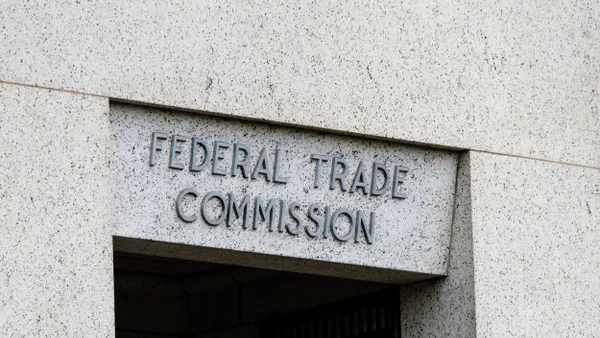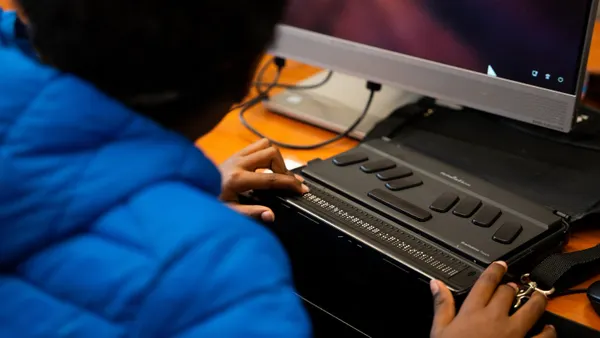Dive Brief:
- This year's edition of the "Technology Counts" survey from Education Week found 74% of eighth-grade math students "never or hardly ever" use computers in class, and just 1% of students say they use computers in math class daily, according to EdTech: Focus on K-12.
- In a state-by-state breakdown, Maine leads the way on math class computer usage, with 67% of students using them to play games at least once a month, 53% using graphing programs, and 29% using them for geometry.
- Experts note that the simple passive usage of computers for "drill and practice" in class isn't enough, and that active use with calculation and higher-level problem solving is critical to gaining the full benefits of computer usage in math education.
Dive Insight:
While technology isn't the be-all, end-all solution in education, it also mustn't be overlooked for its value in supplementing education. This is especially true in subjects like math, where computers can play a vital role in providing students with hands-on experience in its practical applications, running simulations and solving problems based on real-world scenarios in which it might be used.
States like Maine, where computers are used to help students approach math creatively rather than to simply consume classroom content, are on the right path in this regard. But the widespread embrace of these approaches may also require administrators to encourage teachers in their buildings to rethink pedagogy and focus on providing professional development opportunities geared around implementing tech to that end. Getting there won't happen overnight or by magic simply because devices are placed in the classroom.











